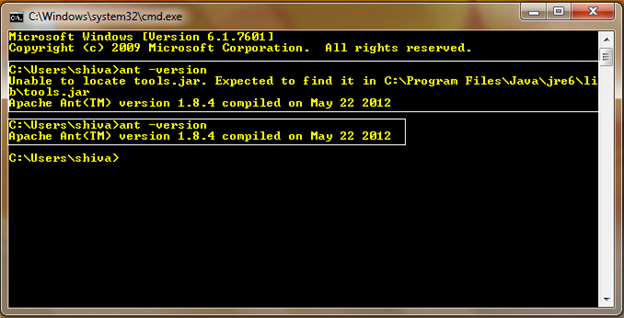


For the lengthy command lines, click and type the text in the Ant Command Line dialog. In the Ant command line field, type the command line arguments, using the standard Ant syntax: precede arguments with dashes, and separate with spaces. If you want to use custom Ant version rather than the bundled one, select it from the list, or click the ellipsis button and configure Ant by adding classpaths. Remember from Chapter 4 that build.xml is the default buildfile if Ant is run in this directory, it auto-matically finds build.xml without you having to specify it on the command line. In the Run With Ant section, specify whether you want to use project default or custom Ant version. Also notice that the name of the Ant file is build.xml. It is less than 3 years old but has become quite. It supports Java, Groovy, Kotlin and Scala. In particular, you can define which version of Ant should be used, add command-line arguments, and specify the SDK to be used for running Ant. Picocli is a modern library and framework for building command line applications on the JVM. Using the Build File Properties dialog, you can control how IntelliJ IDEA launches the Ant build process.


 0 kommentar(er)
0 kommentar(er)
